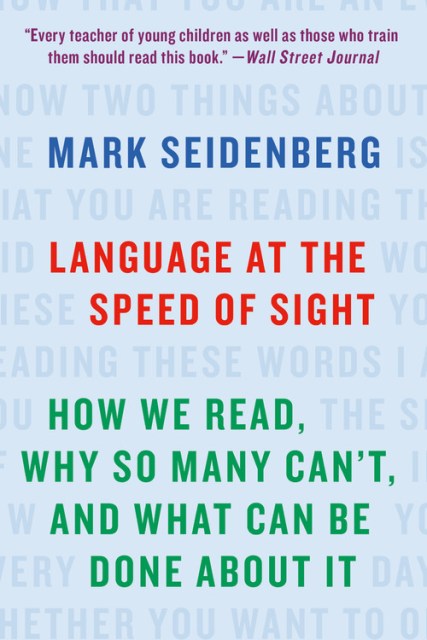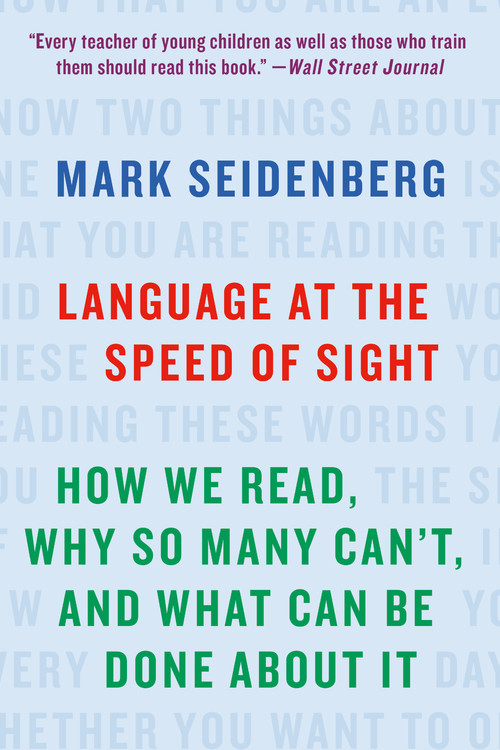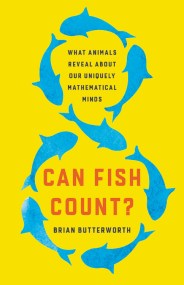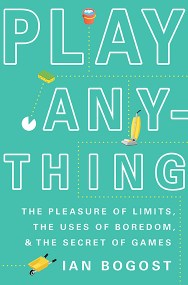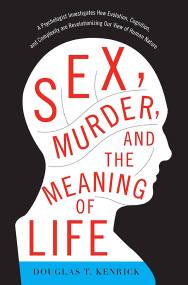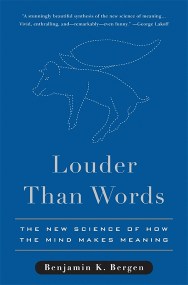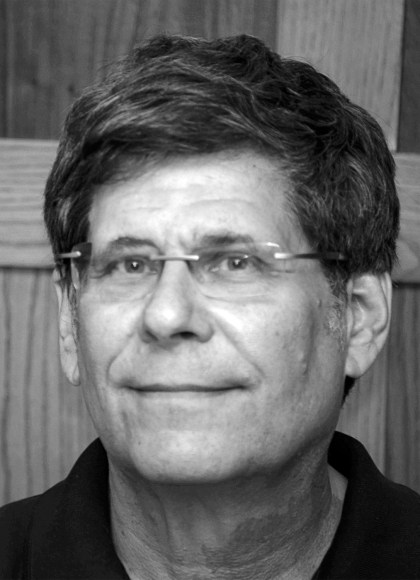Promotion
25% off sitewide. Make sure to order by 11:59am, 12/12 for holiday delivery! Code BEST25 automatically applied at checkout!
By clicking “Accept,” you agree to the use of cookies and similar technologies on your device as set forth in our Cookie Policy and our Privacy Policy. Please note that certain cookies are essential for this website to function properly and do not require user consent to be deployed.
Language at the Speed of Sight
How We Read, Why So Many Can't, and What Can Be Done About It
Contributors
Formats and Prices
- On Sale
- Mar 6, 2018
- Page Count
- 384 pages
- Publisher
- Basic Books
- ISBN-13
- 9781541617155
Price
$21.99Price
$28.99 CADFormat
Format:
- Trade Paperback $21.99 $28.99 CAD
- ebook $13.99 $17.99 CAD
- Trade Paperback (Revised) $21.99 $28.99 CAD
This item is a preorder. Your payment method will be charged immediately, and the product is expected to ship on or around March 6, 2018. This date is subject to change due to shipping delays beyond our control.
Buy from Other Retailers:
The way we teach reading is not working, and it cannot continue. We have largely abandoned phonics-based reading instruction, despite research that supports its importance for word recognition. Rather than treating Black English as a valid dialect and recognizing that speaking one dialect can impact the ability to learn to read in another, teachers simply dismiss it as “incorrect English.” And while we press children to develop large vocabularies because we think being a good reader means knowing more words, studies have found that a large vocabulary is only an indication of better pattern recognition. Understanding the science of reading is more important than ever–for us, and for our children. Seidenberg helps us do so by drawing on cutting-edge research in machine learning, linguistics, and early childhood development. Language at the Speed of Sight offers an erudite and scathing examination of this most human of activities, and concrete proposals for how our society can produce better readers.
Genre:
-
"Mr. Seidenberg has that rare knack of sounding reasonable and righteous at the same time."The New York Times
-
"In Language at the Speed of Sight, [Seidenberg] develops a careful argument, backed by decades of research, to show that the only responsible way to teach children to read well is to build up their abilities to connect reading with speech and then to amplify these connections through practice, developing skillful behavioral patterns hand in hand with the neurological networks that undergird them...Every teacher of young children as well as those who train them should read this book."Wall Street Journal
-
"Seidenberg...unravels the science of reading with great flair. He is the ideal guide - and it turns out that we need a guide to reading, even though we've been doing it most of our lives."Washington Post
-
"Seidenberg reviews the latest science on reading and makes an impassioned plea for putting this knowledge to use."Scientific American
-
"Cognitive neuroscientist Seidenberg digs deep into the science of reading to reveal the ways human beings learn how to read and process language.... Seidenberg's analysis is backed up by numerous studies and table of data. His approach is pragmatic, myth-destroying and rooted in science--and his writing makes for powerful reading."Publishers Weekly
-
"The neuroscience underlying [Seidenberg's] findings is complex, of course, but [he] does not often fall into thickets of technicality...his discussions are clear and accessible.... A worthy primer on the science of comprehending language."Kirkus
-
"No technologically advanced society exists without reading. This is the remarkable story of why and how it all works. From David Letterman's irony to posited Sumerian patent trolls, the writing is lively, informative, and supremely entertaining."Daniel J. Levitin, best-selling author of This Is Your Brain on Music and The Organized Mind
-
"Have you picked up the idea that reading is something that kids 'just pick up' and shouldn't be rushed into it, or that learning to read is something different from mastering something separate called 'comprehension,' or that a whole book about reading would be dull? Language at the Speed of Sight will disabuse you of all three notions and more-pick it up and marvel at how hard it will be to put it down."John McWhorter, New York Times best-selling author of Nine Nasty Words, Word on the Move, and Talking Back, Talking Black
-
"Few works of science ever achieve Italo Calvino's six qualities of our best writing: Lightness, exactitude, visibility, quickness, multiplicity, and consistency. Mark Seidenberg's new book achieves just that. If every educator, parent, and policy maker would read and heed the content of this book, the rates of functional illiteracy, with all their destructive sequelae, would be significantly reduced."Maryanne Wolf, author of Proust and the Squid
-
"A world-renowned expert explains the science of reading with clarity and wit--anyone who loves to read will be fascinated, and teachers will absolutely devour this book."Daniel Willingham, best-selling author of Why Don't Students Like School?
-
"Language at the Speed of Sight is an incisive tour through the fascinating science of reading. From cuneiform to dyslexia to the future of literacy, Seidenberg is a master guide who--lucky for us--is as gifted a writer as he is a scientist."Benjamin Bergen, author of What the F
Newsletter Signup
By clicking ‘Sign Up,’ I acknowledge that I have read and agree to Hachette Book Group’s Privacy Policy and Terms of Use
